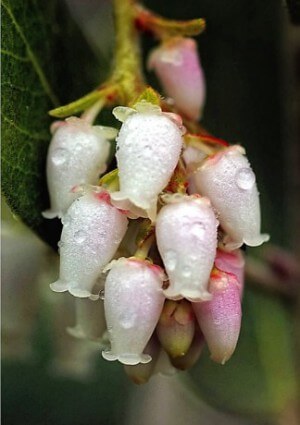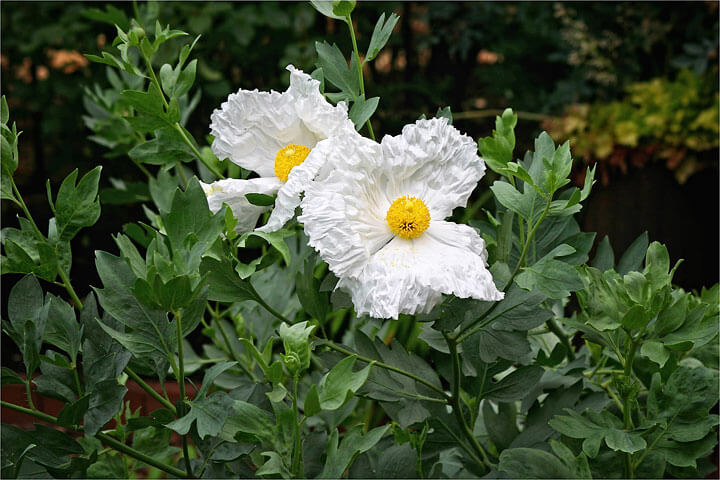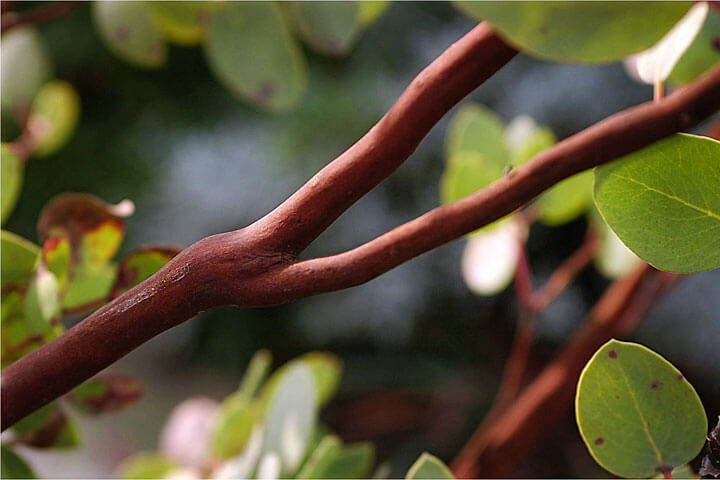Whenever I hear someone speak of native plants for home gardens, it always makes me wonder what is considered “native”. I live in Oregon, so when a gardener tells me about native plants in home gardens and elsewhere I wonder, “Is this plant from Oregon or does a plant growing in Washington or California also count as a ‘native'”? After all, nature did not draw the state boundaries.
We have many native plants to choose from and some are better adapted to home gardens than others. When considering native plants for a home garden, take a look at the environment in which the plant is naturally growing. Is it in sun or shade? Is it growing on a hillside? Is it growing on a forest floor? Is it in clay or sandy soil? Might it be invasive in a home garden? These are just a few of the many things to consider. Keep in mind that just because a plant is native, that does not mean it will be suitable for your garden.
By just taking three western states; Washington, Oregon and California, I have selected several native plants that I have either grown or seen growing in home gardens. All of the following should be available at local garden centers.
A native of Southern California, Romneya coulteri (Matilija Poppy) has spectacular white flowers, often 8-9 inches across, with crape paper-like petals and a center full of yellow stamens. Flowers usually begin in May and will continue often through June. While I have heard that it can be invasive in some California garden situations, I have it growing in my garden and find it is very easy to manage. While it does spread by rhizomes, I have had no problem keeping them under control. A little extra effort is certainly worth it when the plant flowers. The plants in my garden will reach about 7 feet in height and have gray-green leaves which are quite attractive.
The Matilija Poppy needs good drainage and adding pumice at the time of planting is an excellent supplement to help aeration. It is best planted in full sun with little or no summer watering required. The plants are generally winter-hardy in western Oregon and Washington.
For a native plant that has something for all seasons, it is hard to top Arctostaphylos (Mansazanita). There are a multitude of varieties to choose from. Some are plants that will grow like small trees, others are shrubs ranging from 3 feet in height to 7-8 feet, and some are ground covers that form a dense mat and hug the ground.
Manzanita will provide a gardener with an evergreen plant, clusters of spring flowers in white, cream, or light pink (the clusters look similar to blueberry flowers) and are followed by red or brown berries that appeal to birds. If this is not enough, one of the major appeals of Manzanita is the stems, branches and/or trunk which are red or shiny brown. They can make an excellent winter interest plant and some of the shrub types are especially striking with a spot light shining up from below on a winter night.
Manzanita plants require excellent drainage and can actually tolerate rather poor soil such as on a slope or a site with rocky soil. Just as with Matilija Poppies, Manzanita plants will benefit with the addition of Black Gold Pumice at time of planting. Manzanita is best planted in full sun and in most areas of western Oregon and Washington, new plants will need some supplemental water the first year but usually from then on they need little or no additional water. A particular popular shrub type that should be readily available from garden centers is ‘Howard McMinn’, which will reach about 8 feet in height and as wide. The flowers are white and quite prolific.
 As noted, the two plants mentioned above are best planted in a full sun location, require good drainage and need little supplemental water. For those gardeners with more of a woodland setting, Ribes sanguineum (Red Flowering Currant) might be a good choice. Native to the Coast Ranges in California, Oregon and Washington, this is a deciduous spring-blooming plant with long clusters of pink to red flowers.NOTE: Flower colors may vary and it is a good idea to buy a plant in bloom if you are particular about the shade of the flower.
As noted, the two plants mentioned above are best planted in a full sun location, require good drainage and need little supplemental water. For those gardeners with more of a woodland setting, Ribes sanguineum (Red Flowering Currant) might be a good choice. Native to the Coast Ranges in California, Oregon and Washington, this is a deciduous spring-blooming plant with long clusters of pink to red flowers.NOTE: Flower colors may vary and it is a good idea to buy a plant in bloom if you are particular about the shade of the flower.
Ribes generally like a rich soil with lots of compost and or other organic matter. Prior to planting, work Black Gold Garden Compost Blend into the existing soil or dig a hole and fill with Black Gold Natural & Organic Potting Soil. Ribes sanguineum can reach 10 feet in height and has dark green maple-like leaves. It flowers in the early spring and will often attract much attention. Ribes is also an early favorite of honey bees and hummingbirds.
A category often overlooked includes many of the native ornamental grasses. This category has a very wide range of heights and colors as well as soil conditions from some requiring a wet and boggy area to others that require dry. Now is an excellent time of year to view native grasses at your local garden center as this will give you a first-hand glimpse at how they look at the end of the growing season.
During the past several years, I have seen more native plants being used in gardens, sometimes in a garden with solely natives but more often a garden where native plants are mixed with non-native plants. Visit some local public gardens and you will get a better idea of how particular plants perform in your local area.



